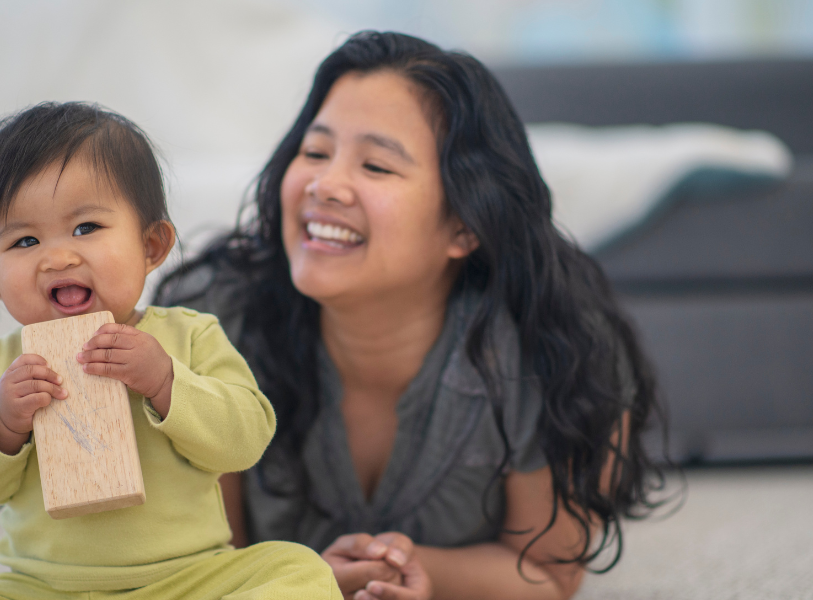As a new parent, baby proofing your home is an important task to ensure the safety and well-being of your little one. Children are curious and adventurous, and they can get into all sorts of trouble if they have access to potentially dangerous items or areas. By baby proofing your home, you can reduce the risk of accidents and injuries, and create a safe and secure environment for your child to explore and learn.
Here are some tips for baby proofing your home:
- Secure loose items: Children can easily pull down or grab onto loose items such as curtains, blind cords, and electrical cords. To prevent accidents, secure loose items out of reach or use cord covers to keep cords out of reach.
- Lock away hazardous items: Keep hazardous items such as cleaning supplies, medications, and small objects out of reach or locked away. Consider using child-proof locks on cabinets and drawers, or installing safety gates to block off areas that are off limits to your child.
- Cover outlets: Children can be curious about outlets and may stick their fingers or small objects into them. To prevent electrical shock, cover outlets with safety plugs or use outlet covers.
- Anchor heavy furniture: Children can easily pull themselves up on furniture, which can be dangerous if the furniture is unstable or prone to tipping. To prevent accidents, anchor heavy furniture to the wall or use furniture restraints to keep it in place.
- Use gates: Install gates to block off areas that are off limits to your child, such as the kitchen, stairs, or outdoor areas. Choose gates that are sturdy, secure, and easy to use.
- Install smoke and carbon monoxide detectors: Smoke and carbon monoxide detectors can save lives in case of a fire or gas leak. Install detectors on every level of your home, including the basement, and test them regularly to ensure they are working properly.
- Check for choking hazards: Children can put small objects in their mouths, which can be a choking hazard. Regularly check your home for small objects that may be within reach of your child, such as buttons, coins, and small toys. Keep these items out of reach or securely store them away.
- Use caution with window treatments: Children can easily get tangled in window treatment cords, which can be a choking hazard. To prevent accidents, use cordless window treatments or secure cords out of reach.
- Use caution with household plants: Some household plants can be toxic if ingested by children. If you have plants in your home, be sure to research which ones are safe and which ones may be toxic. Consider placing toxic plants out of reach or removing them from your home.
- Use caution with stairs: Stairs can be a hazard for children, especially when they are learning to walk. To prevent accidents, install gates at the top and bottom of stairs, and keep the stairs clear of clutter.
- Use caution with furniture: Children can easily climb on furniture, which can be dangerous if the furniture is unstable or prone to tipping. To prevent accidents, anchor heavy furniture to the wall, and use furniture restraints to keep it in place.
- Use caution with sharp edges: Children can easily bump into sharp edges on furniture or other objects, which can lead to cuts and bruises. To prevent accidents, use edge and corner guards on sharp edges or consider using softer furniture options.
- Use caution with water: Children can easily drown in small amounts of water, so it’s important to be cautious around water sources in your home. Keep the bathroom door closed and use toilet seat locks to prevent accidents. Consider installing a safety gate around the tub or using a non-slip mat.
By following these tips, you can baby-proof your home and create a safe and secure environment for your child to explore and learn. Remember to regularly check your home for potential hazards and to make changes as needed as your child grows and develops. With a little effort and planning, you can create a safe and nurturing environment for your child to grow and thrive.




